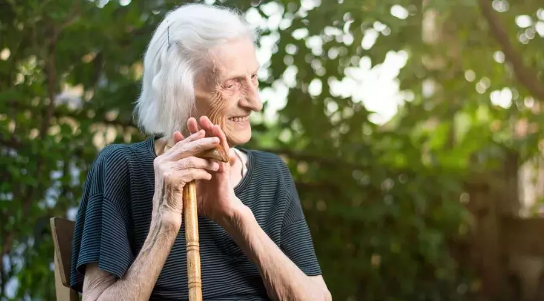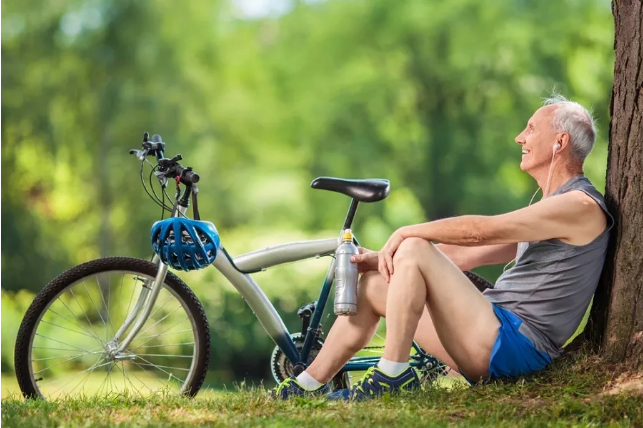
Some people say that you should lose weight when you get older.
To be thin in old age is to live long in old age.
The legs and feet are flexible when they lose weight, the knees are not burdened, and the body and bones also look hale and hearty.
Is this statement reasonable?
First, as you get older, it is not as thin as possible.
As you get older, the thinner you are, the better. Be careful of the occurrence of myopathy.
Myoasthenia, also known as [muscle attenuation syndrome], is a syndrome of decreased skeletal muscle mass, muscle strength and/or muscle function associated with age.
Don’t think that if you get fat, you won’t have myopathy.
With obviously relaxed [bat sleeve] arms and obese [apple-shaped] body in waist and abdomen, such body shape often means not only a large increase in fat but also a decrease in muscle.
At present, about 50 million people worldwide suffer from myoasthenia, and the number of people suffering from myoasthenia is expected to reach 500 million by 2050.
Two, how timely detection of [myopathy]
You can try the following 5 simple self-test methods.
Look at the weight
No deliberate weight loss, weight loss of 5% every year, need to pay attention.
Look at the speed
Walk 4 meters according to the daily walking speed. If the walking speed is less than 0.8 m/s and the time taken is more than 5 seconds, attention should be paid.
Look at posture
Sit on a chair about 43cm high and without armrests, with your back straight, your hands around your chest, stand up on your own, then sit down, then stand up and sit down again. The number of times you sit up within 30 seconds is less than 14, which requires attention.
If it is difficult to sit up from the ground or sofa in daily life, you always need to rely on your hands or external support to stand up, and you should also pay attention to it.
Look at the strength
Using a simple grip, if the male grip strength is less than 26kg and the female grip strength is less than 18kg, the grip strength may have decreased.
Look at muscles
Gluteus maximus becomes flat, the leg circumference of the lower leg decreases, and the upper arm has obvious skin relaxation and sagging, commonly known as [bat sleeve], which are all manifestations of muscle loss.
Myoasthenia may not have any symptoms at the beginning, but the elderly often feel tired and weak. If there are many of the above manifestations, it is necessary to go to the hospital for accurate measurement of skeletal muscle volume and make a definite diagnosis.

Three, how to deal with muscle loss?
Multi-check
Routine medical examination must be carried out every six months or one year, and qualified elderly people are advised to carry out pre-exercise screening.
Aerobic exercise
Moderate intensity aerobic exercise lasts for at least 30-60 minutes, while high intensity aerobic exercise lasts for 20-30 minutes.
Bicycle, swimming, square dancing and other sports are more suitable for the elderly.
Strength exercise
You can carry out strength exercises of your own weight, mainly with large muscle groups participating in exercises (sitting up exercises, etc.), and arrange at least 4-5 movements each time, 10-15 times in groups, 2-3 groups, twice a week.
Increasing impedance movements such as sitting leg lifting, static squatting against the wall and lifting dumbbells can effectively improve muscle strength and body function, usually within 20-30 minutes.
Pay attention to nutrition
In addition to less salt, less oil and less sugar, we should also pay attention to the intake of high-quality protein. It is recommended to eat one to two ounces of meat and drink a cup of milk every day.
